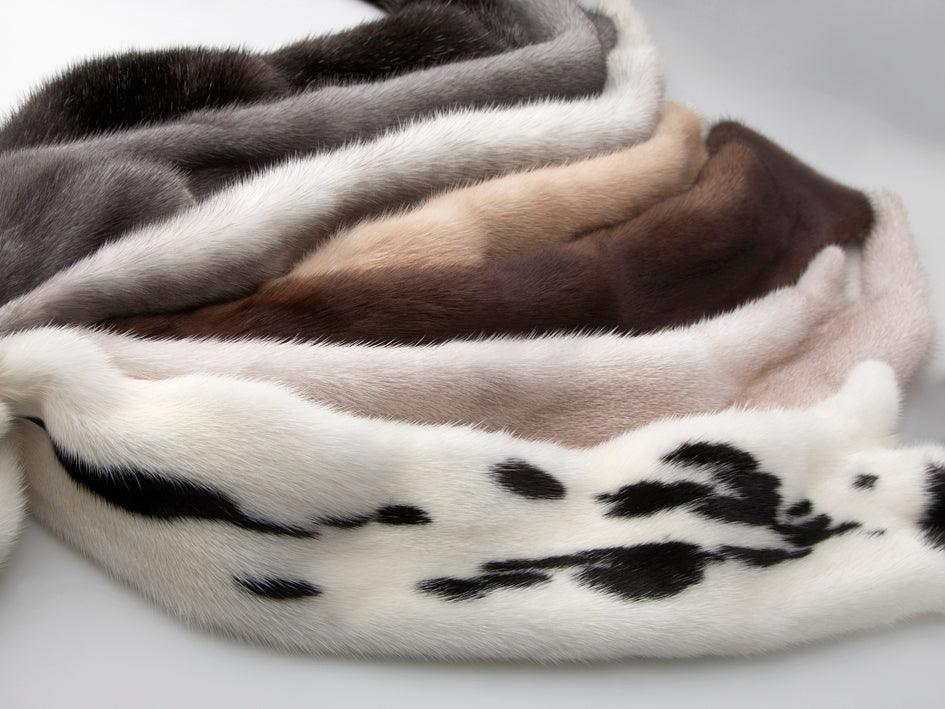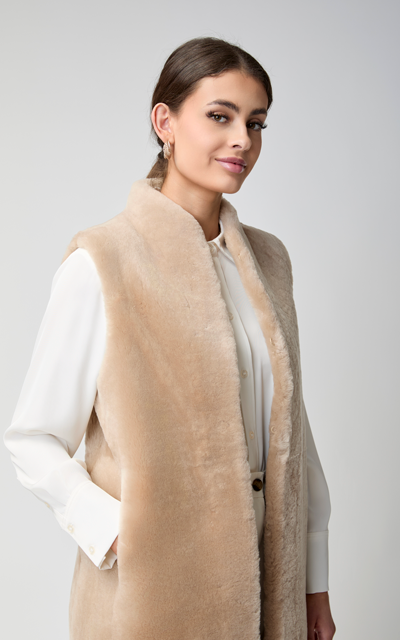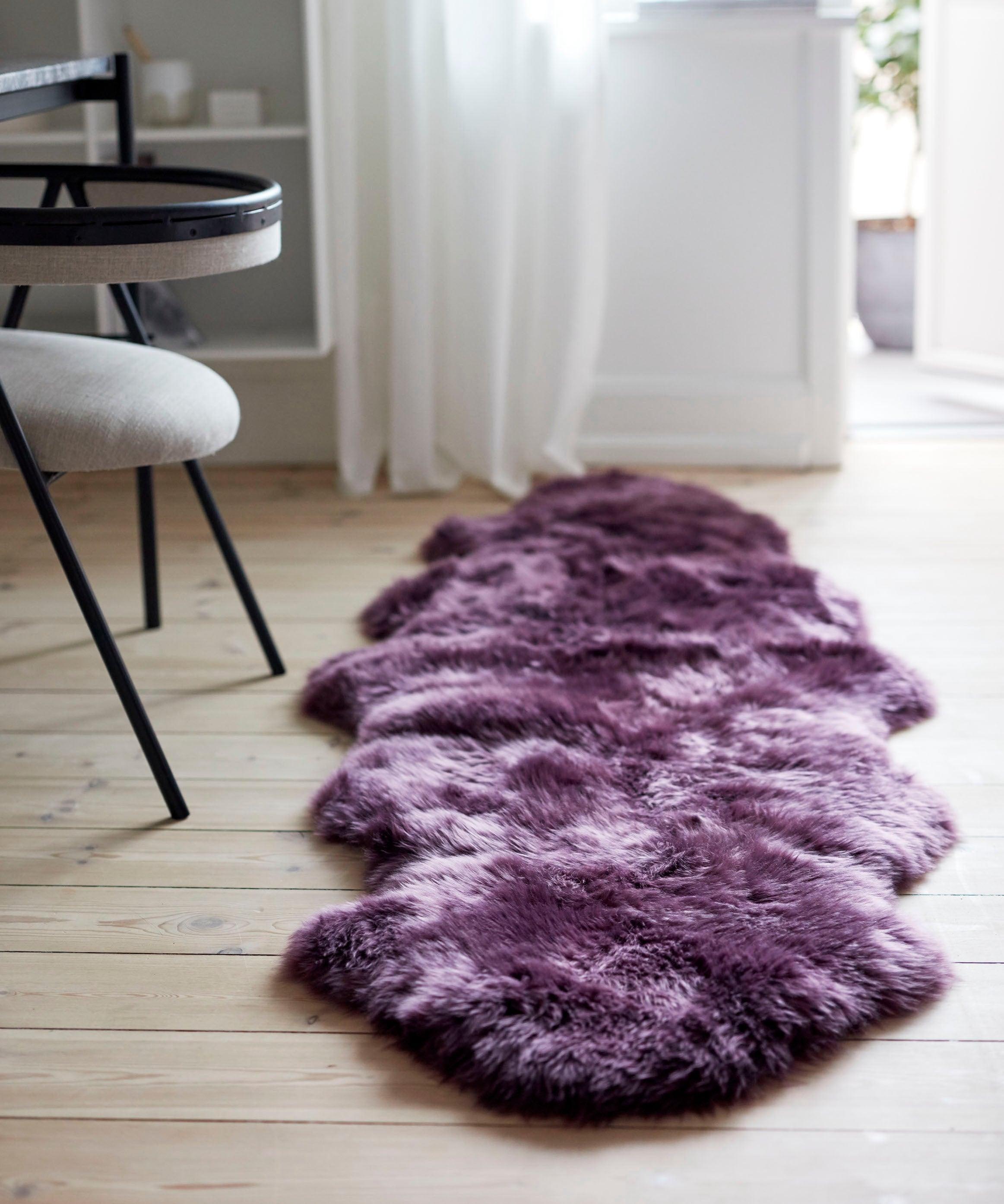
The shocking truth about fur
Fur is popular around the world- whether as a piece of clothing, such as a fur jacket or as fur lined parka or as part of the interior, such as natural sheepskin. But not everyone agrees. Some activists claim that all animal products, including fur, are unnecessary and cruel to animals. But, is this really the truth? In the following article you will learn more about the origin of fur, the production and the consequences for the environment.
Fur is an animal product. How can animal welfare and the simultaneous sale of animal products be combined? Is it ethically okay to use fur in your clothing and at home? In this blog post we will go a little deeper and discuss the origin of fur, why they are used and what the alternative is.
Fur and other products such as cowhides, goatskins or reindeer hides are sometimes controversial. In the end, fur is always an animal product, which is why it is sometimes seen as controversial.
It is important to note, however, that all our fur is a by-product of meat production.
But what is a by-product?
A by-product is a product that is created during the production of another product. A typical example of this is straw in the harvest of grain. While actually only the grain is the goal of the cultivation, there is always straw left over from the harvest, which can then be reused.
This ensures that the straw, which is always part of the grain harvest, is not thrown away, but is used again. This avoids waste, protects the environment and at the same time produces more effectively. In our case, fur is the by-product. A “leftover” product that otherwise would have been thrown out.
Fur is a natural by-product of meat production. No sheep and no cow are bred for their fur. An animal hide is always left over after meat production.
In order for the fur not to be wasted and thrown away, it is reused instead. The idea is to use everything from an animal when it's already being used. On the one hand, this has to do with respect for the animal; on the other hand, environmental protection is also an issue here, because reducing waste is extremely important.
What about Sheepskin?
A sheepskin is, as the name suggests, the fur of a sheep. The fur includes both the hair and the natural suede underneath. All sheepskins are natural by-products. By-products arise in the production of a certain commodity and are what is left over from that production.
One of the things left over from the production of lamb is the sheepskin. In order not to throw anything away, the by-product fur is processed - into clothing or a piece of furniture.
A sheepskin can be compared to cow leather in this respect. Leather is also a by-product of meat production that can be reused in this way.

What if you don’t eat meat - can you accept that?
If you are vegan, this means using absolutely no animal products, then of course that also applies to fur. Furs are just as much a by-product of meat production as leather and should therefore be considered in the same way. Those who live vegan and do without any meat products, of course, also do without leather or furs.
As a vegetarian, however, this is a different aspect. If you wear leather, fur shouldn't be a problem either, as the production is no different.
It should also be remembered that not only humans consume meat and sheep / cows are not only kept for the production of meat for humans.
How do you get Fur?
In some scary online stories and other wild rumours, you can sometimes hear that animals are being skinned alive. This is of course utter nonsense. There are innumerable reasons why this is not done: it would be cruel, it would speak against everything the farmer has done to carefully raise the animal, it is forbidden, it would be dangerous to carry out, it would damage the fur, and many more.
Instead, the fur is removed from the rest of the meat after the animal has been used in production. It is then tanned and, in some cases, dyed. All of these additional steps create jobs for many people and, as noted, ensure that valuable natural resources are not thrown away.
What about fur and sustainability?
Fur is 100% natural. That also makes them good for the environment. Real fur does very well, especially when compared to artificial skins. Artificial fur is made from plastic obtained from petroleum and natural gas and is not biodegradable. This means that fake fur takes many decades to be completely disposed of. Real fur, on the other hand, can be composted and does not harm the environment.
Even the production of fur does not have a negative impact on the environment. As a by-product of meat production, no extra energy is used to obtain fur, as these are always there as a by-product of meat, without this being avoided. Natural products are used for tanning, mainly various salts, and our sheepskins for babies are treated specially to ensure that no chemicals has been used.
Natural sheepskin for example is un-dyed and 100% sustainable.
Fur, whether as part of clothing, furnishings or used in industry, are in no way cruelty to animals. This way fur can also act as sustainable clothing. Also, they are environmentally friendly, by-products of the meat industry, a reason for many jobs and a great product that might otherwise be thrown away.

But what if I love animals?
Every pet owner is of course an animal lover. So, fur seems outright impossible for someone who has a dog, cat, or other pet.
However, one should consider the following: Dogs eat meat. A vegetarian diet is impossible for dogs, which is why they will always eat meat. And by-products are also left over from the production of meat for dogs or cats.
And with lamb or beef, regardless of who it is produced for, the hide or leather is left over. That is why fur is a logical by-product there too, which is used so sensibly instead of being thrown away. This is why skins are actually absolutely problem-free, especially for dog owners, as long as they are by-products of meat production.

Is fake fur better than natural fur?
If you want to have a cozy fur in your home, but want to do without real fur, you can use the cheap artificial fur instead. These are also available in many colours and shapes and mostly at a significantly lower price than real fur.
But the real question is: Is artificial fur a better alternative to real fur?
Faux fur is made from a variety of fabrics. On the one hand, a small part is cotton, while a larger part is man-made. This artificial part consists of fossil raw materials, in this case crude oil, which is limited. Therefore, unfortunately, artificial fur is harmful to the environment and cannot be biodegraded.
If after a while you notice that your faux fur is breaking or you no longer want it and then throw it away, it cannot biodegrade. This means that not only the production has an environmental impact, but also the disposal.
In the end it is of course a personal decision whether the influence on the environment and the climate is important when choosing a product. If a low price is most important to you, or if you are looking for fur that is perfectly white, like a sheet of paper, then faux fur might be for you.
Why do we sell fur at NATURES Collection?
As sellers of fur, we are often attacked because not everyone is okay with fur. Of course we find this understandable and we are happy when people critically deal with animal welfare, the environment and overconsumption.
Nevertheless, we have made it our mission to sell products that protect the environment and at the same time pay special attention to animal welfare. That is why all of our products are meticulously controlled, all skins are, as described, by-products and come from animals that are kept ecologically in the open and are looked after by experienced farmers.
Of course, we understand well that some people do not agree with our point of view. Not everyone is correctly informed about the production of fur and one can quickly draw the wrong conclusions if one does not know that skins are always just about by-products.
And of course, not everyone is informed about our working methods and therefore knows that we only sell the highest quality skins. High-quality fur always comes from happy animals. Not everyone has an interest or the time to deal with a topic in such detail.
We understand that and that is okay. Nevertheless, we hope that we could inform you a bit about how ethical and environmentally friendly fur really is.
We appreciate you taking the time to read this entire article. Thank you for doing your research and weighing up all of the information before making a purchase. If you have any other questions, you may find more answers here on our blog.






Leave a comment
This site is protected by hCaptcha and the hCaptcha Privacy Policy and Terms of Service apply.